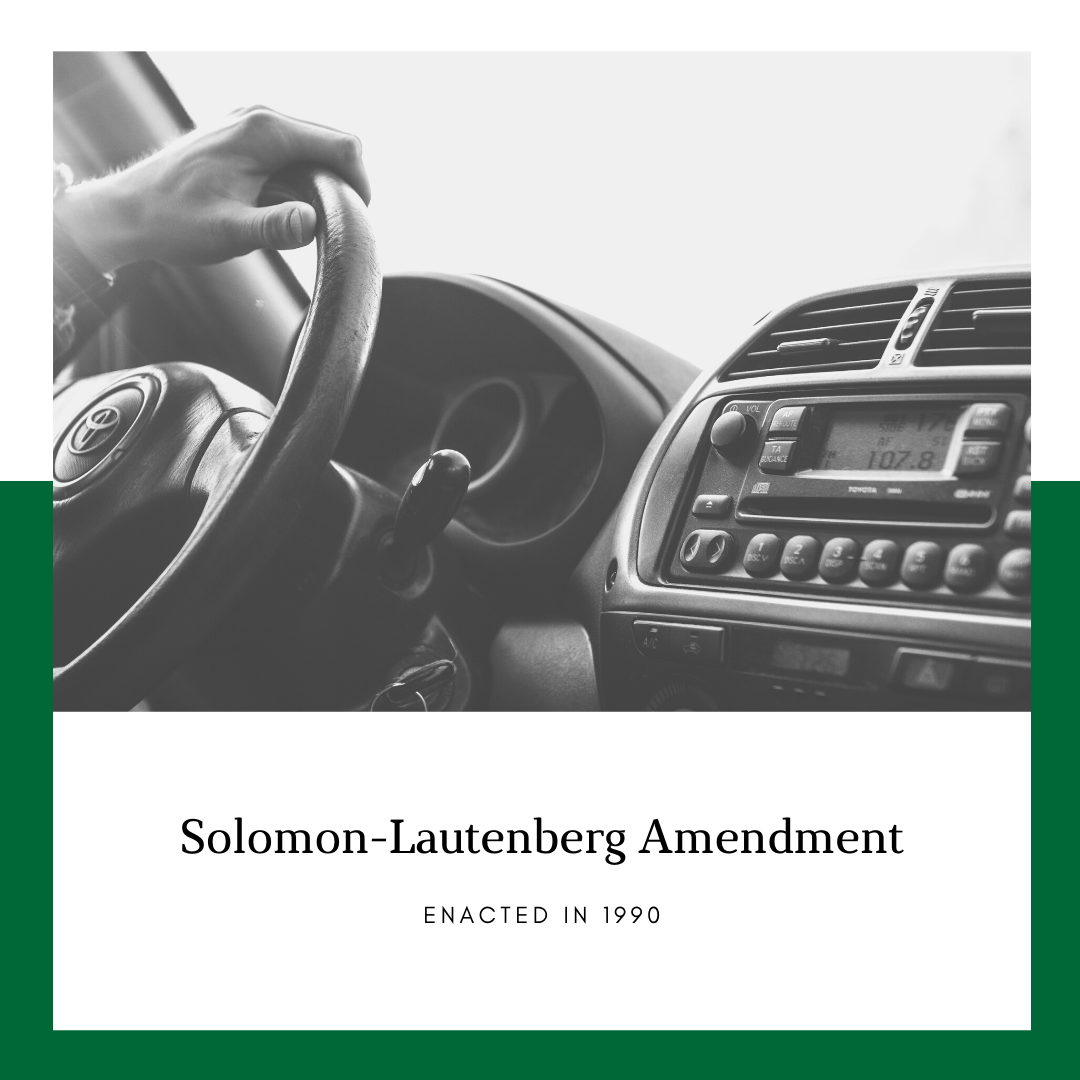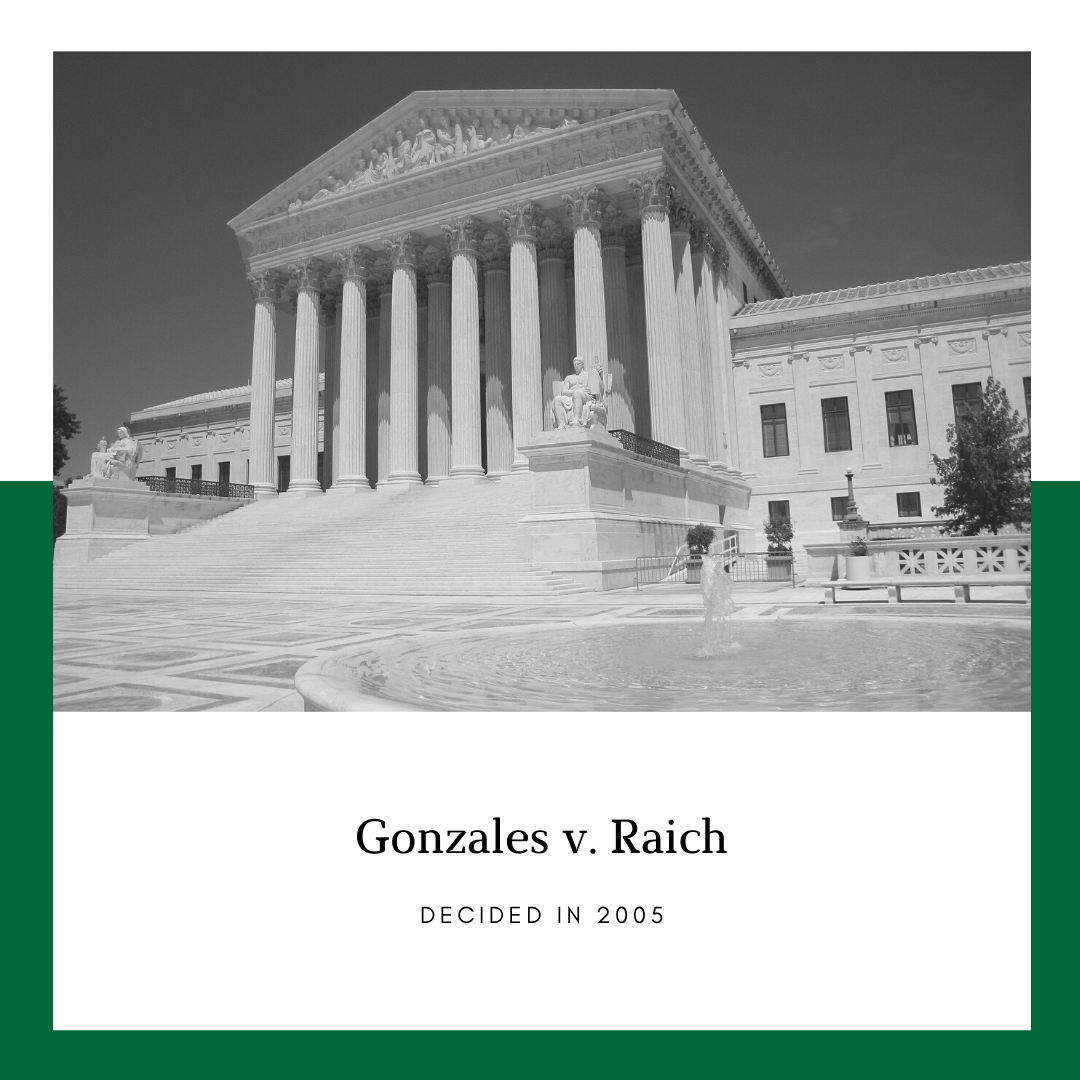A History of Medical Cannabis in America: Criminalization
This is the second part of a series of blog posts about the history of medical cannabis in America. We want to provide our community with a detailed account of the evolution of medical cannabis law in the United States.
In the second half of the 20th century, the criminalization of cannabis continued, even after the Marihuana Tax was declared by the Supreme Court to be unconstitutional, since it violated the Fifth Amendment.[1] In response, Congress passed the Controlled Substances Act, which eliminated mandatory minimum sentences and reduced simple possession to a misdemeanor offense.[2]
Under the Controlled Substances Act, cannabis was assigned as a Schedule I drug.[3] The federal government has deemed that cannabis has a high potential for abuse and no accepted medical use, even though at that point, there had not been research about medical cannabis due to the barriers put in place by the Federal Bureau of Narcotics in the first half of the 20th century.[4][5] Read our previous blog post for more information about the FBN.
By this point in time, the Federal Bureau of Narcotics and the Bureau of Drug Abuse and Control merged to create the Bureau of Narcotics and Dangerous Drugs.[6] In 1973, the Nixon administration merged this new agency with the Office of Drug Abuse Law Enforcement to create the Drug Enforcement Administration.[7] The DEA is the lead agency for domestic enforcement of the Controlled Substances Act.
During the Reagan administration, the Anti-Drug Abuse Act of 1986 reinstated the mandatory prison sentences and an amendment created a three-strikes law, requiring life sentences for repeat drug offenders and allowing the death penalty to be used against “drug kingpins".”[8]
In 1990, the Solomon-Lautenberg amendment was enacted. This amendment encouraged states to suspend the driver’s licenses of those who committed drug offenses.[9] States complied with the amendment in order to avoid a penalty of reduced federal funds for highways.[10] These laws imposed mandatory suspensions of at least six months for committing any type of drug offense, even the simple possession of cannabis.[11] As of 2020, Alabama, Arkansas, Florida, and Texas still have compliant suspension policies.[12]
By the late 1990s, California had become the first state to legalize medical cannabis on the state level with the approval of Proposition 215. Similar measures were up for a vote in several more states. In response, the House of Representatives passed House Joint Resolution 117 on September 15, 1998 to declare support for “the existing Federal legal process for determining the safety and efficacy of drugs” and oppose “efforts to circumvent this process by legalizing marijuana … for medical use without valid scientific evidence and [FDA] approval.”[13]
Following the passage of Proposition 215, the Oakland Cannabis Buyers' Cooperative was created to "provide seriously ill patients with a safe and reliable source of medical cannabis, information, and patient support".[14] In January 1998, the federal government sued the Oakland Cannabis Buyers’ Cooperative. The case went to the Supreme Court, which ruled that “federal anti-drug laws do not permit an exception for medical cannabis and rejected the common-law medical necessity defense to crimes enacted under the Controlled Substances Act, because Congress concluded cannabis has ‘no currently accepted medical use’ when the act was passed in 1970.”[15]
In 2005, the Supreme Court ruled in Gonzales v. Raich ”that under the Commerce Clause of the US Constitution, Congress may criminalize the production and use of homegrown cannabis even if state law allows its use for medicinal purposes.”[16] SCOTUS reasoned that “ that cannabis grown within [a state] for medical purposes is indistinguishable from illicit marijuana and that because the intrastate medical cannabis market contributes to the interstate illicit marijuana market, the Commerce Clause applies.”[17] In tandem with these Supreme Court decisions, the DEA continued to target and arrest medical cannabis patients who were in compliance with their state cannabis laws.
In January 2018, Attorney General Jeff Sessions rescinded the Cole Memorandum. The Cole Memorandum is a policy from the Obama administration “that discouraged federal prosecutors in most cases from bringing charges wherever the drug is legal under state laws.”[18] In his memo to United States Attorneys, the Attorney General emphasized “Congress’s determination that marijuana is a dangerous drug and that marijuana activity is a serious crime.”[19]
It is important to know the entire history behind medical cannabis, including its criminal designation. Next time on the blog, we will cover how decriminalization has become the future of medical cannabis!








